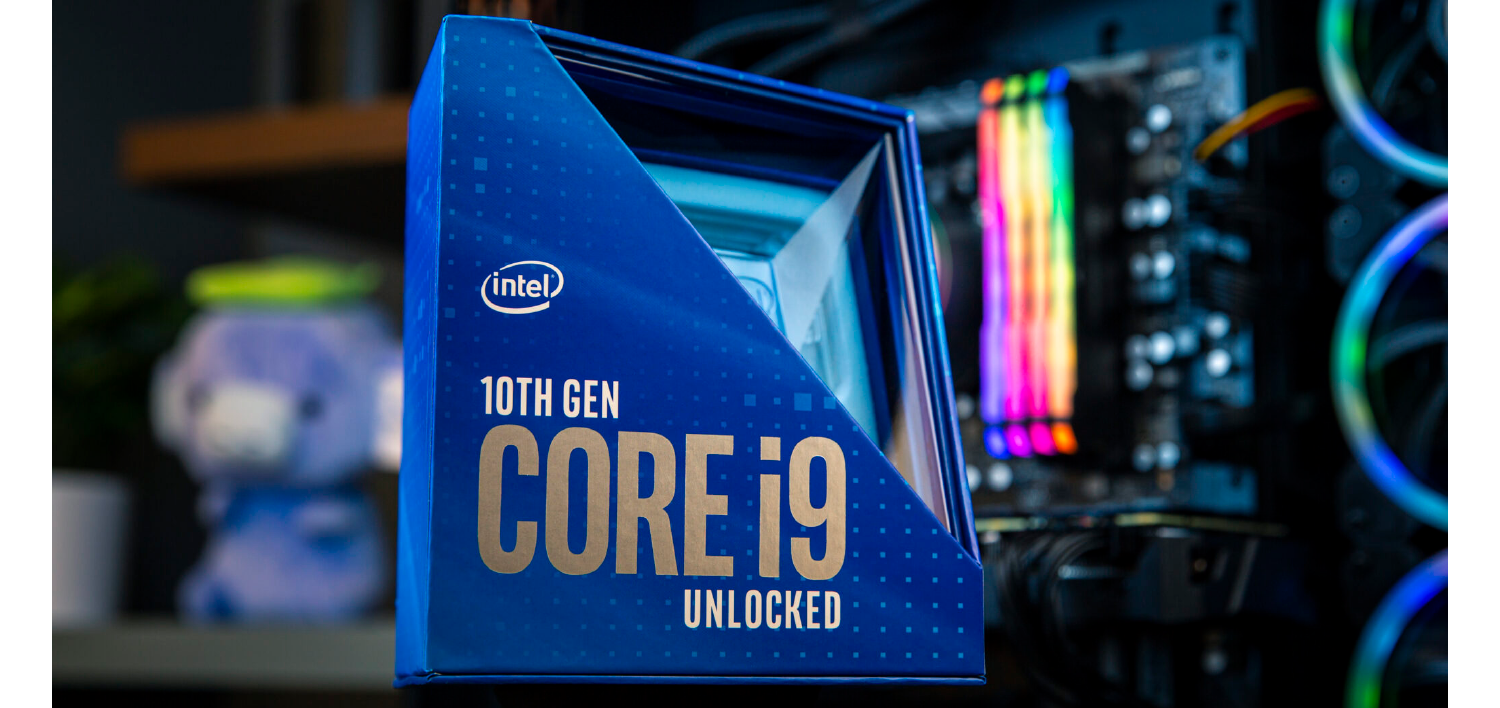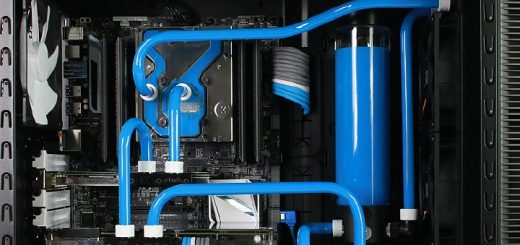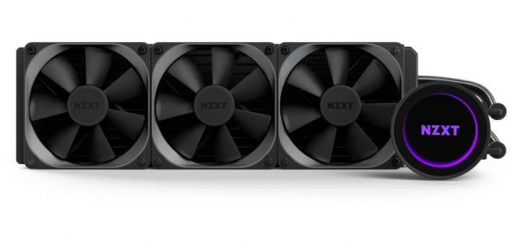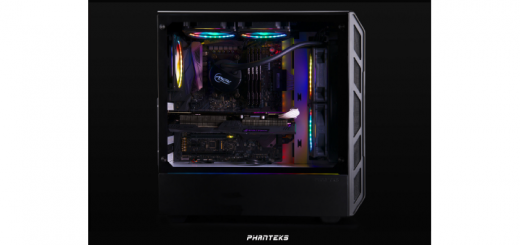Intel has officially announced its 10th Gen desktop CPUs, just as the rumors had suggested in the past few days. The processors carry the codename Come Lake-S and are based on the Skylake architecture. Intel, for the first time, has introduced 10-core, 20 thread CPUs for the desktop platform. All CPUs, ranging from the Core i3s to Core i9s, feature hyperthreading. Intel UHD Graphics 630 iGPU is present across all models as well (except KF and F variants). The processor launch is accompanied by Z400 Series motherboards, featuring the LGA1200 socket.
Intel 10th Gen Desktop CPU Lineup
Intel’s 10th Gen Core Desktop CPU lineup starts at 4-core and goes all the way up to 10-core CPUs. It is led by the flagship Core i9-10900K, a 10-core, 20-thread CPU that plans to take on AMD’s 3900X and 3950X processors.
Intel’s 10th Gen Core i9-10900K and other 10-Core CPU Specifications

There will be multiples skews of Intel’s 10-core CPUs. The flagship i9-10900K CPU will have a base clock of up to 3.7GHz and a boost clock of up to 5.2 GHz (4.8GHz all core). It carries a TDP rating of 125W and supports up to 40 PCIe lanes. Intel has introduced the Thermal Velocity Boost Technology as well for its Core i9 processors. It raises the single and all core turbo frequencies of Core i9-10900K to 5.3GHz and 4.9 GHz, respectively. The technology kicks in when the CPU is operating below 70°C and there is turbo power budget available. Intel has priced the Core i9-10900K at $488 (USD, in a thousand-unit tray). Its market price will be slightly higher and in the vicinity of an i9-9900K. Buyers will get two extra cores for the same money.
The i9-10900KF, i9-10900, and i9-10900F variants of the 10-core CPU will also be available. The i9-10900KF will have the same specifications as the 10900K model but won’t have an iGPU. Intel’s non-K CPU models, the i9-10900 and 19-10900F, won’t support overclocking. Their base and boost clocks and TDP rating (65W) will be lower, but the CPUs will be cheaper as well. The i9-10900F has up to 2.8GHz base clock, 5.1GHz boost clock, and 4.5GHz all-core turbo but costs $422 (USD, in a thousand-unit tray). Buyers can save $66 by opting for it over the i9-10900K.

Intel’s 10th Gen Core i7-10700K CPU Specifications, 8-Cores, 16-Threads
Intel has made its 10th Gen Core i7 lineup interesting by introducing 8-core, 16-thread CPUs. The highest-end i7 skew, Core i7-10700K, is essentially a relatively affordable i9-9900K (flagship of the previous generation). It is significantly cheaper at $374 compared to the i9-9900K, which had a launch price of over $500. The i7-9700K CPU of the previous generation came with 8-cores and costed the same as i7-10700K but lacked HyperThreading. It significantly lagged behind in multithreaded applications against the competition while being more expensive. A Ryzen 3700X with 8-cores and 16-threads was cheaper at $329 while having SMT support.
However, Intel is shaking things up with its i7-10700K CPU. It has 8-cores, 16-threads, up to 3.8GHz base clock, up to 5.1GHz boost clock (4.7GHz all core), and 125W TDP rating, all at $374. Additionally, there are cheaper i7-10700KF, i7-10700, and i7-10700F skews available as well. The i7-10700F is the cheapest of them at $298, which is the same as the current retail price of a Ryzen R7 3700X ($300). Buyers who want a high-performance PC may find the CPU interesting.
Intel’s 10th Gen Core i5-10600K CPU Specifications, 6-Cores, 12-Threads
A little over two years ago, Intel had launched the Core i7-8700K CPU as a flagship for a tray price of $359. It had 6-cores and 12-threads with a base frequency of 3.7GHz and a boost frequency of 4.7GHz. With the launch of Intel’s 10th Gen Desktop processors, a 6-core, 12-thread CPU has become mainstream with slightly better clocks and at a significantly lower price. The i5-10600K has a base clock of up to 4.1GHz, a boost clock of up to 4.8GHz (4.5GHz all core), and a tray price of only $262. It can be expected to perform slightly better than an i7-8700K. A majority of buyers will find its price acceptable. It will definitely be one of the most popular processors in Intel’s 10th Gen lineup, especially for gamers and mainstream users. The i5-10600K costs exactly the same as the i5-9600K but has hyperthreading enabled. It improves the value proposition of the new CPU.

In addition to the i5-10600K, Intel will be launching the i5-10600KF and i5-10600 variants. There is no i5-10600F CPU, but instead, an i5-10500 CPU with a base frequency of up to 3.1GHz, boost frequency of up to 4.5GHz (4.2GHz all core), and iGPU is present costing $192. There are two more 6-core and 12-thread CPUs, the i5-10400 and i5-10400F. They have slightly lower base and boost clocks while being even cheaper at $182 and $157, respectively. By making hyperthreading a standard feature on all its 10th Gen Core i5 CPUs, Intel is going to bring stiff competition to the market. Budget buyers will find the low-end Core i5 offerings really lucrative.
Intel’s 10th Gen Core i3-10320 CPU Specifications, 4-Cores, 8-Threads
The Core i3 lineup of Intel’s 10th Gen CPUs will come with HyperThreading enabled. Today, having a 4-core CPU without HyperThreading makes no sense for games and most applications, and Intel is rectifying its mistake. All three Core i3 CPUs, the i3-10320, i3-10300, and i3-10100, will have 4-cores and 8-threads along with iGPUs. The three models have slightly different base and boost frequencies and are priced between $122 and $154. There is no K variant in the 10th Gen Core i3 lineup from Intel.

Intel’s lineup also included T variants of the 10th Gen processors that will be used by OEMs. They will have a TDP limit of 35W. In addition to the Core lineup, Intel also announced a few 10th Gen Pentium Gold (dual-core with SMT) and Celeron (dual-core without SMT) desktop processors.

Intel’s 10th Gen Core CPU Announcement – First Impressions
For the majority of its 10th Gen CPU lineup, Intel has kept exactly the same price as its 9th Gen lineup but enabled hyperthreading. It improves the multithreaded performance and hence the value proposition of the processors. The most significant change is the introduction of the 10-core, 20-thread, i9-10900K CPU. It provides additional cores and will come close to the performance of a Ryzen 3900X. A thing to note is that the 10th Gen Core i9 and Core i7 support DDR4 2933MHz RAM while the lower-end models support up to 2666MHz. It may also give a performance boost to the processors.
Intel has introduced the Turbo Max Technology 3.0 for the 10th Gen 10-core and 8-core CPUs with the Thermal Velocity Boost Technology being limited to only Core i9 skews. However, all 6-core and below CPUs use the 2.0 version of the Intel Turbo Boost Technology. The flagship models feature the highest single core boost clocks of 5.3GHz. However, the probability/frequency of the CPUs reaching this clock speed in the real world can only be confirmed after launch.
A major point of concern is that the new CPUs, especially the 10-core and 8-core ones, may require the best cooling solutions. Even an i9-9900K runs hot and ideally requires a 360mm AIO or a custom cooling loop. It will be interesting to see the thermal performance and power consumption of the 10th Gen 10-core and 8-core K and KF skews. While the 10th Gen with HyperThreading comes closer to Ryzen in performance and cost, the cost of a cooler will add a cost overhead. Most users with Ryzen processors will find the stock cooler to be sufficient, but Intel 10th Gen owners will require a high-end cooler.
Intel’s 10th Gen Core CPU Lineup Performance – What To Expect?

The 10th Gen Intel’s CPUs are based on the same architecture as the 9th Gen. They have slightly better clocks and should boost higher. Intel’s 9th Gen CPUs performed well in single-threaded workloads and games. However, they lacked behind in most multithreaded applications. While all 9th Gen skews below the Core i9 lacked HyperThreading, even the 9900K did lose out to its AMD counterparts in a few applications. The 8-core 3700X edges out the 9900K in some tasks while being significantly cheaper. The 12-core Ryzen 3900X and 16-core 3950X have more cores and threads and were ahead in quite a few workloads. The 10th Gen Core i9-10900K has 10 cores and 20 threads and should perform close to the Ryzen 3900X. Its higher boost frequency should aid its performance as well.
With hyperthreading added to all models of 10th Gen Core CPUs, they will receive a significant boost in multithreaded applications. It will improve the value that these CPUs offer, something that Intel seriously lacked in the 9th Gen. Gaming is one department where Intel will leave AMD behind, although not by a considerable margin. The higher clocks of the Intel CPUs are handy in games.
Intel’s 10th Gen Core i5 CPUs are going to be highly competitive. They bring 6-cores and 12-threads for a price as low as $157. AMD Ryzen R5 3600 currently retails for around $175. The older R5 2600 and 1600 AF (similar performance to Ryzen 2600) are available at lower prices of about $125 and $85, respectively. It is the mainstream market, and things are going to heat up here. However, if and how well Intel CPUs manage to beat Ryzen 3000 Series will only be seen after the reviews. AMD Zen 3 CPUs are also expected to launch later this year.
While Intel has made no announcement regarding the availability of the 10th Gen CPUs, they are expected to go on sale at the end of May. Intel and its AIBs have also unveiled the Z400 Series motherboards featuring the LGA1200 socket.





